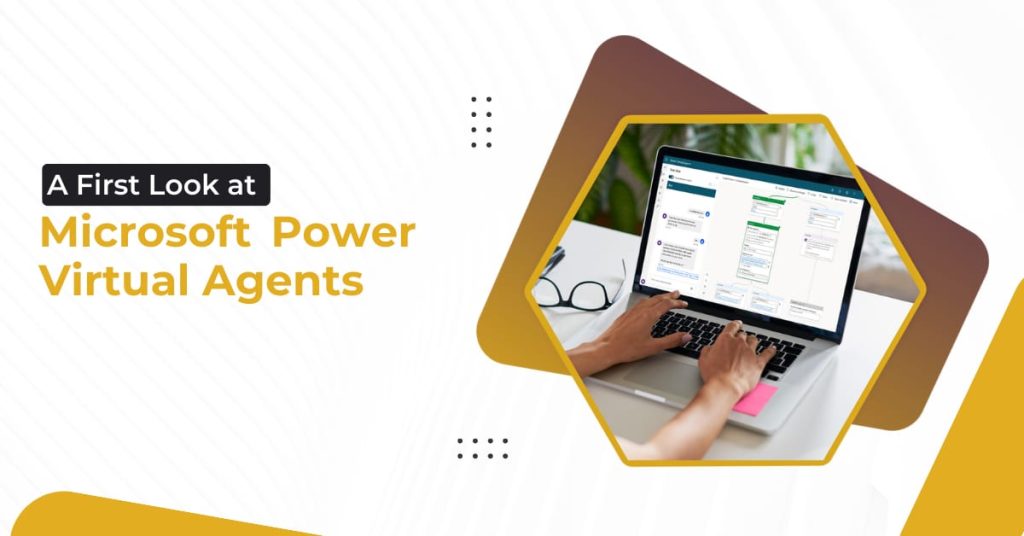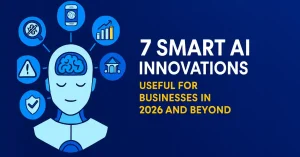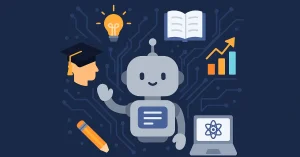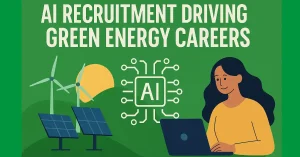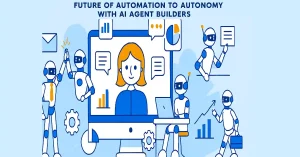Companies that introduce conversational interfaces, such as chatbots, focus heavily on user experience (UX) and customer experience (CX) to quickly scale their adoption. Unfortunately, in their haste, they may not correctly consider the chatbot framework and basic architecture needed for scaling.
Scaling can become challenging as chatbots become more widespread and sophisticated, primarily if a graphic environment is used for dialog management and conversational nodes instead of native code. This can lead to difficulties in extending the environment and adding new features, hindering the chatbot’s growth and effectiveness.
To avoid these issues, companies should take a thorough and deliberate approach to design their chatbot architecture, including selecting the proper chatbot framework and considering the long-term scalability of the solution. Proper planning can help ensure that the chatbot supports the business’s and its customer’s needs as it continues to grow and evolve. To address this issue, Microsoft extended its Conversational AI offering with an environment called Power Virtual Agents(PVA). This blog covers all the areas where Power Virtual Agent helps businesses excel and scale efficiently.
Power Virtual Agent Overview
Microsoft Power Virtual Agents are a part of the larger Microsoft ecosystem of products and services, and they fit into this ecosystem in several ways.
First, Power Virtual Agents are built on top of the Microsoft Power Platform, a collection of low-code development tools for creating custom business applications. Power Virtual Agents can easily integrate with other Power Platform tools, such as Power Apps and Power Automate, to develop end-to-end solutions that automate and streamline business processes.
Second, Power Virtual Agents integrate with other Microsoft products and services, such as Microsoft Teams, Dynamics 365, and Azure. This makes it easy for organizations to leverage their existing Microsoft investments and infrastructure to create intelligent chatbots that can communicate with customers and employees across various channels.
Key Features of Power Virtual Agent
Power Virtual Agents (PVA) is a no-code/low-code platform for creating chatbots and conversational agents. Here are some key features of Power Virtual Agents:
- Easy to use: PVA has a simple and intuitive interface that allows users to easily create and manage chatbots without coding knowledge.
- Customizable: PVA allows users to customize the appearance and behavior of their chatbots, including the language used, the flow of the conversation, and the types of interactions supported.
- Analytics and reporting: PVA provide detailed analytics and reporting tools that allow users to monitor and analyze the performance of their chatbots, including user engagement, satisfaction, and conversion rates.
- AI-powered: PVA uses AI and natural language processing (NLP) to understand user queries and respond with relevant information. It can also learn from user interactions to improve its responses over time.
- Multi-channel support: Users can deploy PVA on various channels, including web pages, social media platforms, and messaging apps like Facebook Messenger and Microsoft Teams.
- Security and compliance: PVA is built on Microsoft’s trusted cloud infrastructure and complies with industry standards and regulations, including GDPR, HIPAA, and ISO 27001.
Power Automate and Power Virtual Agents
One of the key features of Power Virtual Agents is the ability to integrate with other tools in the Power Platform, including Power Automate. This integration allows businesses to build end-to-end workflows that automate tasks and processes across different applications. For example, a Power Virtual Agent can handle customer inquiries and then pass relevant data to a Power Automate workflow that creates a support ticket in a CRM system.
Furthermore, Power Virtual Agent can also trigger Power Automate Solutions based on specific events or actions customers take during a conversation. This enables businesses to automate sending notifications, updating records, or even triggering payments.
Power Virtual Agents Use Cases
Power Virtual Agents facilitate different business areas, including customer service, sales and marketing, human resources, IT support, and education. Some of these use cases are enlisted in detail below:
- Customer Service: PVA can be used to build conversational bots that help customers with their queries and concerns. For example, a Power Virtual Agent can answer frequently asked questions, provide account information, troubleshoot issues, and more.
- Sales and Marketing: PVA can drive sales and marketing initiatives. For instance, you can build a bot that assists customers with product recommendations, helps them find the nearest store location, and even helps them complete a purchase.
- Human Resources: PVA can guide new employees through onboarding, answer HR-related questions, and provide information about benefits and policies.
- IT Support: PVA can help troubleshoot software, hardware, and network connectivity issues.
- Education: Users can build a bot that helps students with their homework, provides study tips, and answers their questions related to the course curriculum.
These are just a few examples of the many use cases for Power Virtual Agents. With the platform’s flexibility and ease of use, the possibilities for building bots are endless.
Conclusion
Power Virtual Agents are becoming an increasingly popular tool in the business world, as they offer an easy and efficient way to automate customer service, sales, and other business processes. Companies can use Power Virtual Agent to improve customer experience, increase efficiency, and reduce costs.
Also check: Everything’s a Dollar: Exploring the Affordable World of Dollar Tree

